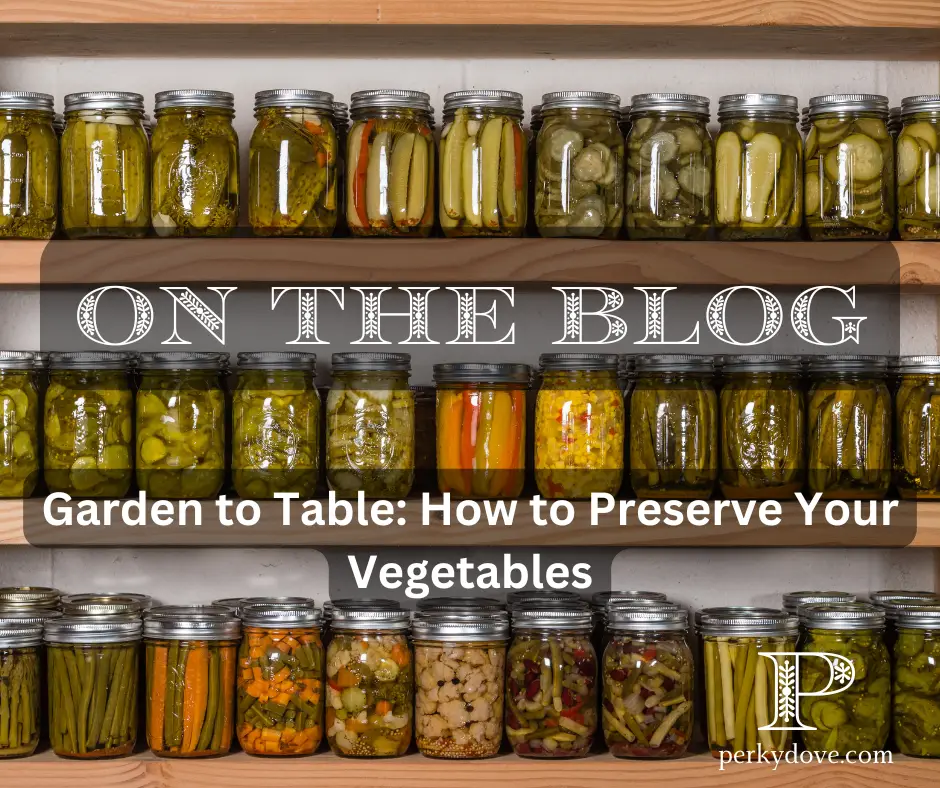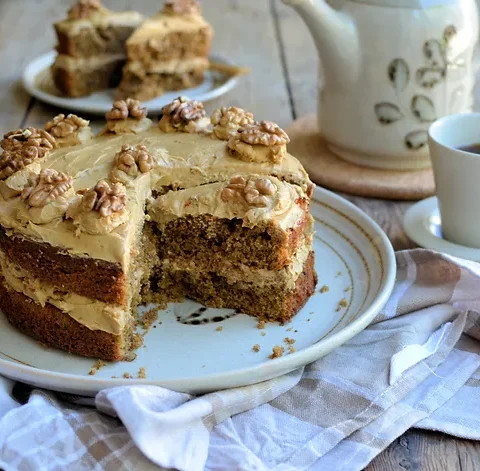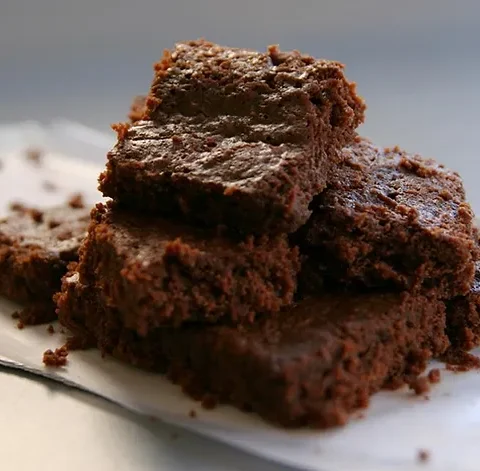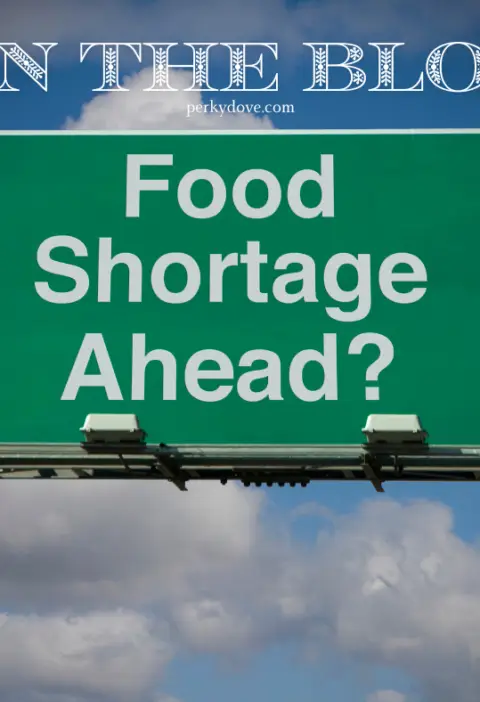There’s something incredibly satisfying about harvesting fresh vegetables from your garden. The vibrant colors, the rich flavors, and the pride in knowing you grew them yourself—nothing compares! But what happens when you have more produce than you can eat in a week? That’s where preserving comes in. Today, I’m sharing my tried-and-true methods for preserving vegetables so you can enjoy your garden’s bounty all year long.
"To plant a garden is to believe in tomorrow, but to preserve its bounty is to hold onto that hope throughout the year."
"The love of gardening is a seed once sown that never dies."
— Gertrude Jekyll (Gertrude Jekyll was a renowned British horticulturist, garden designer, and writer.)
Freezing Vegetables
Freezing is one of the simplest and most effective ways to preserve vegetables. I love how it retains most of the nutrients and flavor, making it a go-to method for me.
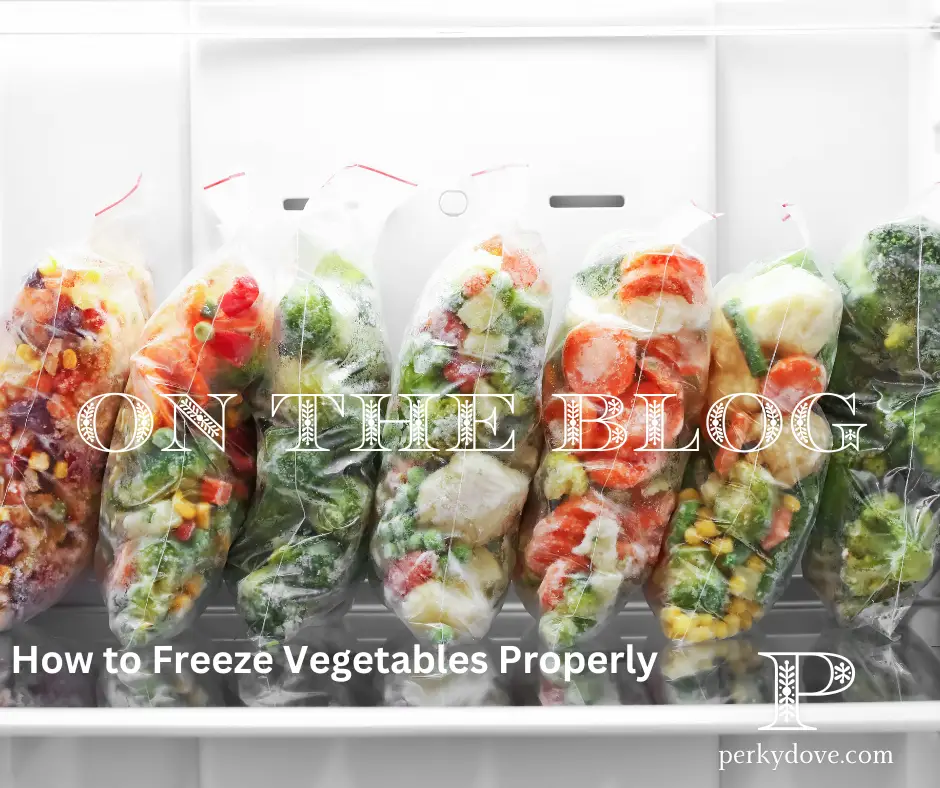
How to Freeze Vegetables Properly
Here’s how I freeze my vegetables:
- Blanching: First, I blanch the vegetables in boiling water for a few minutes. This step is crucial because it stops enzyme actions that can cause loss of flavor, color, and texture.
- Cooling: After blanching, I quickly transfer the vegetables to ice water to stop the cooking process.
- Drying: Once cooled, I pat them dry with a clean kitchen towel.
- Packing: I pack the vegetables into freezer-safe bags, making sure to remove as much air as possible before sealing.
- Labeling: Finally, I label the bags with the date and contents before placing them in the freezer.
FRESKO Upgraded , Hands-Free Food Vacuum Sealer without Flipping the Lid, Easy-to-Use Touch Operation with Visual Progress Bar, ETL Certified
Canning Vegetables
Canning is another fantastic way to preserve vegetables, especially when you want to keep them shelf-stable for months. The process can be a bit time-consuming, but the results are well worth the effort.
Types of Canning
- Water Bath Canning: This method is best for high-acid vegetables like tomatoes. It’s relatively simple and doesn’t require special equipment beyond a large pot and canning jars.
- Pressure Canning: For low-acid vegetables like beans, carrots, and corn, pressure canning is necessary. It ensures that the vegetables are processed at a high enough temperature to prevent botulism.
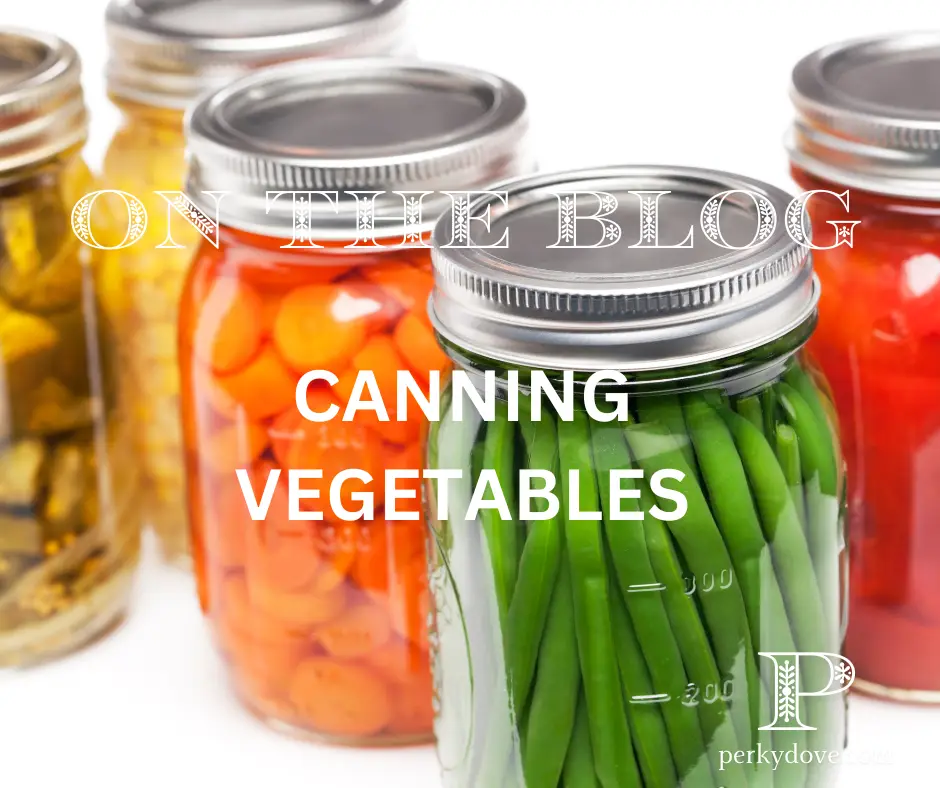
Canning Process
Preserving Cookbook for Beginners: [2 in 1] The Definitive Manual for Secure and Compact Home Preserving Expertise, Featuring 1900 Days of Healthy, Simple-to-Execute Recipes
I start by sterilizing my jars and lids. Then, I fill them with prepared vegetables and liquid (like water or a brine). Next, I process the jars in a water bath or pressure canner, depending on the type of vegetable. Once processed, I let the jars cool and listen for the satisfying “pop” that indicates a proper seal.
Mason Jar Vacuum Sealer, Electric Mason Genie Vacuum Sealer Kit with Wide & Regular Mouth Mason lids, 2024 Upgrade Smart Vacuum Sealing for Jars with Can Opener, Regular and Wide Mouth Mason Jar L...
Drying Vegetables
Drying vegetables is a space-saving way to preserve your harvest. Plus, dried vegetables are incredibly versatile and can be rehydrated for soups, stews, and more.
Methods of Drying
- Air Drying: This method works well for herbs and some vegetables, like peppers. I simply hang them in a dry, well-ventilated area until they’re completely dry.
- Oven Drying: For vegetables like tomatoes or zucchini, I use my oven at a low temperature to dry them out. It takes a few hours, but the results are worth it.
- Dehydrator Drying: A dehydrator is the most efficient and reliable method. It provides consistent heat and airflow, making it easy to dry a large batch of vegetables at once.

Storage Tips for Dried Vegetables
I store my dried vegetables in airtight containers in a cool, dark place. They last for months and take up much less space than fresh or frozen vegetables.
5 Stackable Stainless Steel Trays Jerky Dryer with Digital Adjustable Timer & Temperature Control - Electric Food Preserver for Fruits, Veggies, Meats & Do...
Pickling Vegetables
Pickling is one of my favorite preservation methods because it adds a tangy flavor to vegetables that can be a delicious addition to many dishes.
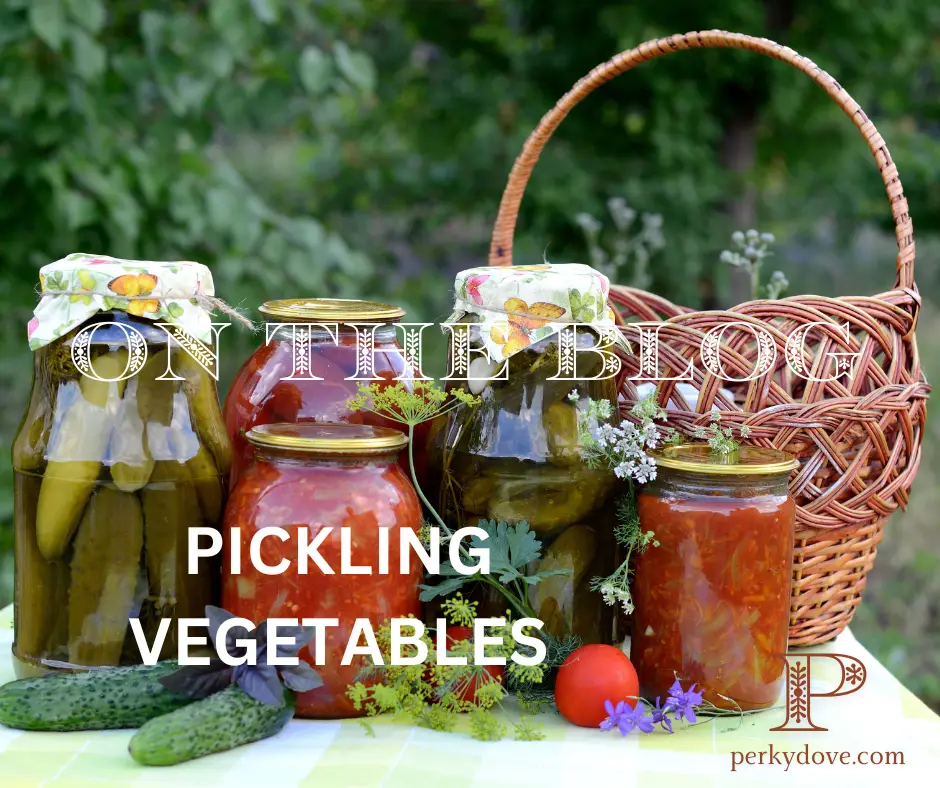
Pickling Process
To pickle vegetables, I start by creating a brine with vinegar, water, and salt. Then, I prepare the vegetables by cutting them into the desired size and packing them into jars. I pour the hot brine over the vegetables, seal the jars, and let them sit for a few weeks to develop their flavor.
Some of my favorite pickling combinations include cucumber and dill, carrots and ginger, and jalapeños with garlic.
Beginner Set with Canning Tools, Tongs, Jar Lifter, Wide Mouth Funnel, Labels, Stainless Steel Water Bath Canning Pot Accessories, Pressure Canning Essen...
Fermenting Vegetables
Fermenting is another method that not only preserves vegetables but also enhances their nutritional value. Fermented foods are rich in probiotics, which are great for gut health.
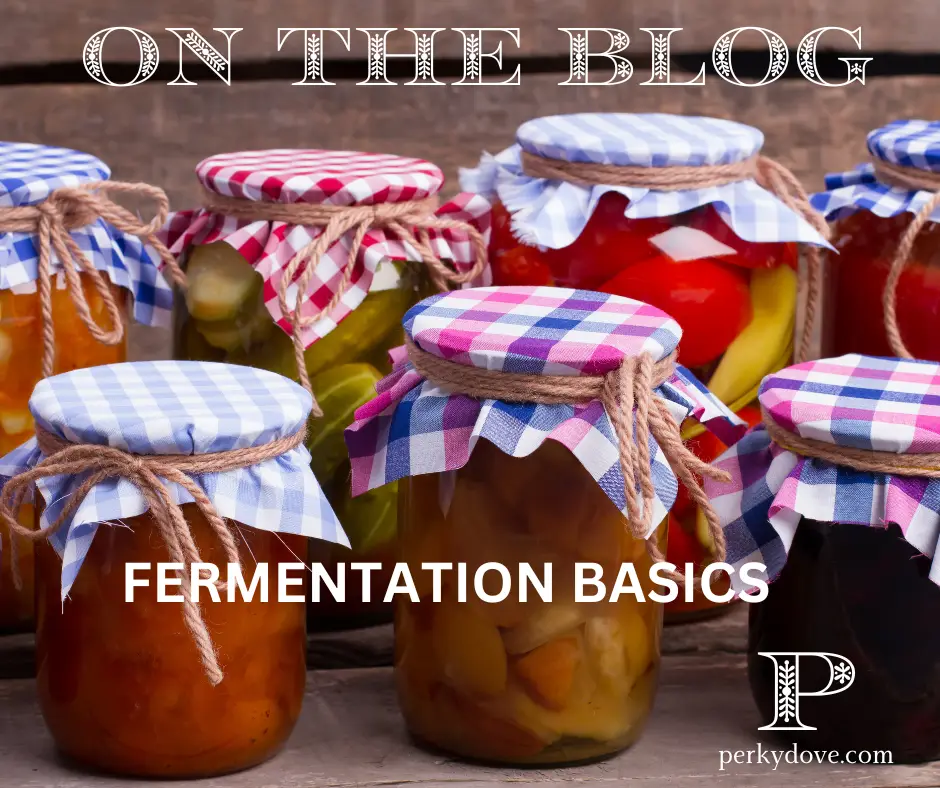
Fermentation Basics
Fermenting is easy. I start with fresh vegetables, salt, and water. For example, to make sauerkraut, I thinly slice cabbage, mix it with salt, and pack it tightly into a jar. The salt draws out the moisture, creating a natural brine. I let the jar sit at room temperature for a few days to a week, depending on the ambient temperature. During this time, the beneficial bacteria convert the sugars in the vegetables into lactic acid, preserving them.
- PREMIUM QUALITY JARS: Our 16 oz mason jars with lids are BPA-free and lead-free. 100% food grade glass and its high visibility allowing you to easily see the content inside canning jars. The airtight containers are durable and sturdy enough for your everyday home use.
Conclusion
Preserving vegetables from your garden is not only practical but also deeply rewarding. Whether you choose to freeze, can, dry, pickle, or ferment, each method has its unique benefits and flavors. I love knowing that I can enjoy the fruits (or rather, vegetables) of my labor even in the dead of winter, all while reducing waste and saving money.
Ready to Preserve Your Harvest? Explore Our Top Picks for Garden Preservation Tools!
I’d love to hear about your preservation tips and experiences. Do you have a favorite method? Share in the comments below! And don’t forget to check out my recommended products for preserving your garden’s bounty [insert link to the Lasso page].
Click Here